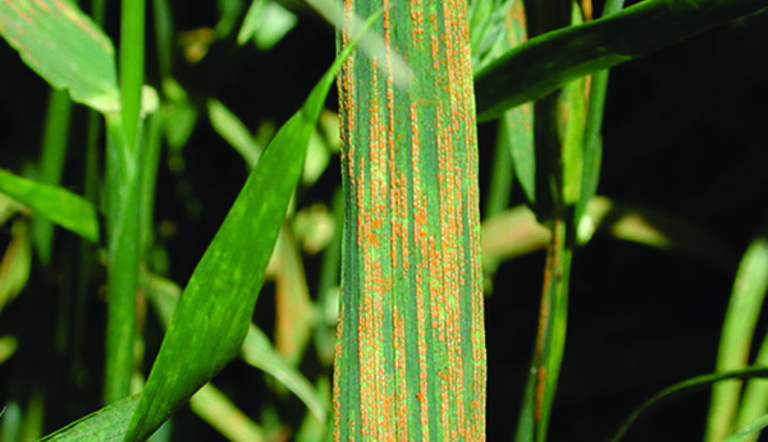
Pest Profile: Stripe Rust
Highly mobile and infectious, stripe rust is a devastating disease that can cause substantial losses in cereal crops. The presence of just one stripe rust inoculum (a.k.a a summer spore or urediniospore) is enough to infect an entire field, and urediniospores can be blown over very long distances, settling to earth in spore showers that can infect plants where no disease was previously observed.
Stripe rust requires moisture and relatively cold temperatures for spores to germinate, making the disease especially prevalent in cooler climates after a mild winter and cool, moist spring. As one urediniospore can produce hundreds or thousands of new spores, the disease spreads quickly, so growers concerned about stripe rust must begin scouting regularly starting at the seedling stage.
Stripe rust requires moisture and relatively cold temperatures for spores to germinate, making the disease especially prevalent in cooler climates after a mild winter and cool, moist spring. As one urediniospore can produce hundreds or thousands of new spores, the disease spreads quickly, so growers concerned about stripe rust must begin scouting regularly starting at the seedling stage.
Pest Profile
October 11, 2021
6min read

IDENTIFICATION
Stripe rust is characterized by small, round, blister-like lesions that are yellow-orange in colour and merge to form stripes. It commonly affects leaf blades and can occasionally be observed on heads when the disease is very severe. Infection of leaf sheaths or stems is rare.
CONTROL TIPS
- Early seeding of spring crops will allow them to ripen before major amounts of stripe rust inoculum typically become available in mid-summer.
- Once stripe rust is detected, a fungicide application is the only method to control the spread of the disease.
- Rotating out of cereal crops will help to break down the green bridge effect, reducing disease development considerably.
REGISTERED FUNGICIDES
Please read each label to determine which fungicide is appropriate for the crop affected.